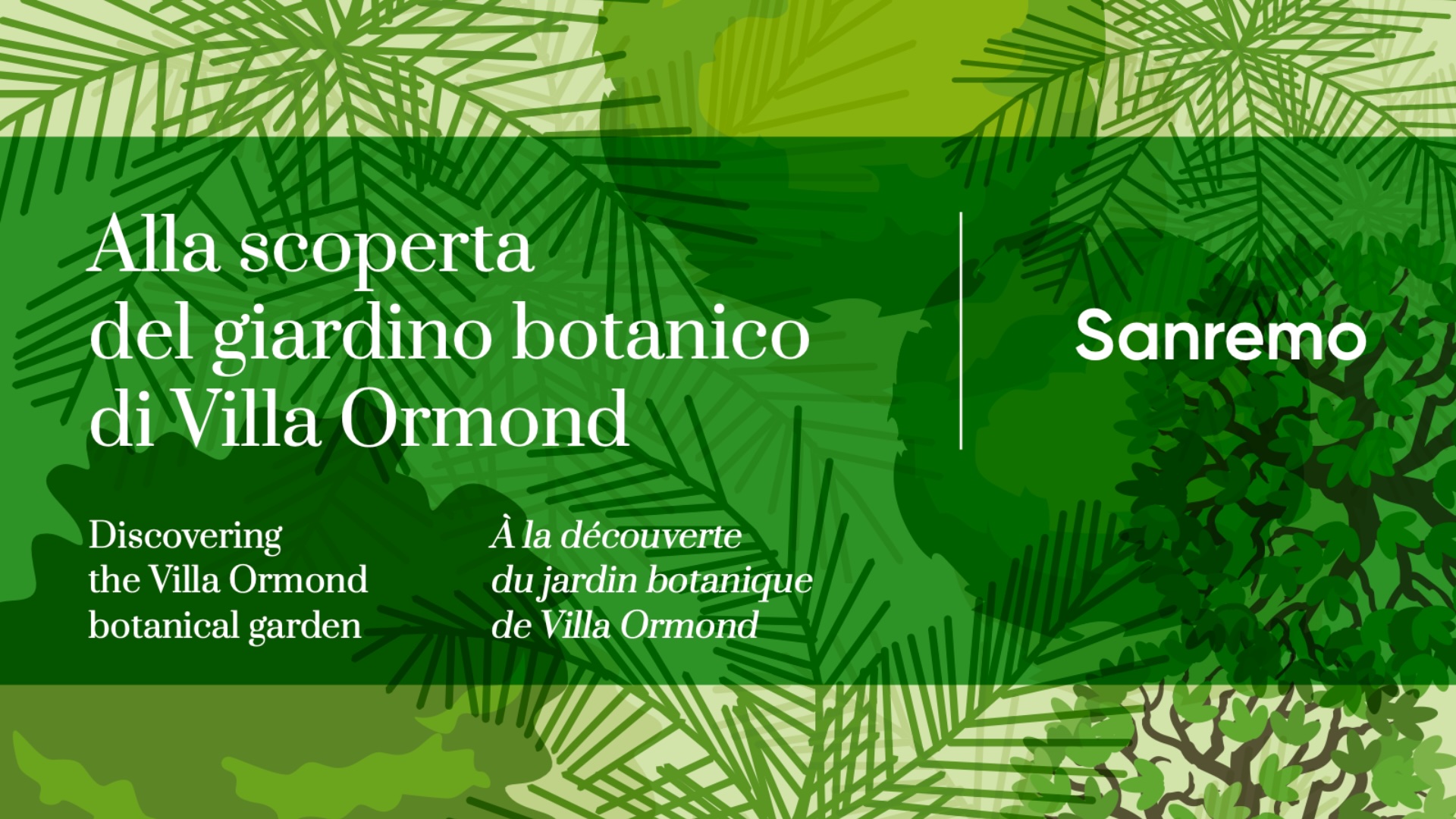Herbaceous perennial plants often arboreal in habit, with pseudostem formed by sheaths and persistent leaf bases. Its root system is fleshy and sometimes rhizomatous. The leaves are alternate and distichous, simple, entire and long-petiolate; they have a thick midrib and many pinnate veins, parallel to each other, which reach the edge of the leaf blade and are easily indented by the wind. The flowers, zygomorphic and bisexual, are grouped in compact terminal or lateral helical cymes, long stalked, with a large naviform bract. In Strelitzia, two inner petals are fused to form an arrow-shaped structure enclosing stamens and style in a central groove. The fruit is a capsule and the seeds have brightly coloured hairy arils, orange in Strelitzia. The flowers are pollinated by birds and lemurs.
Strelitzia nicolai Regel & Körn
| Etymology | The genus attributed to Charlotte Mecklenburg-Strelitz, Queen Consort of Great Britain and Ireland and a keen botanist. The specific epithet nicolai was given in honour of Grand Duke Nikolai Nikolaevič Romanov, son of Tsar Nicholas I of Russia, who was also a plant enthusiast. Introduced in Italy in 1845. |
| Common name | Giant Bird of Paradise. |
| Origin | South Africa – Transvaal, Swaziland |
| Description |
A perennial plant with arborescent habitus, with false cylindrical, annular stems formed from the base of the leaves. The leaves are very large, oblong-lanceolate, leathery, bright green, usually fringed along the veins by the wind. The petiole is long and sheathing. The creamy white and purplish flowers are clustered in complex axillary inflorescences and housed in a large, waxy, leathery, bird’s beak-shaped spathe of a bluish-red colour. The flowers consist of 3 diverging outer tepals and 3 inner tepals, 2 of which are acuminate. Seeds black and shiny, with a vexillary, woolly, bright orange aril. It flowers from April to October. Easy to grow, the plant requires humus-rich substrates and abundant watering in spring and summer. Withstands short frosts -2° C, but suffers leaf damage easily. Requires locations sheltered from the wind, with exposure in full sun or half shade. A beautiful ornamental plant, similar to the banana tree and able to create exotic suggestions. It is recommended for placement as an isolated specimen in flower beds, in association with palms and other tropical herbaceous plants. Beautiful specimens planted in the gardens of Villa Ormond in 1995. |

